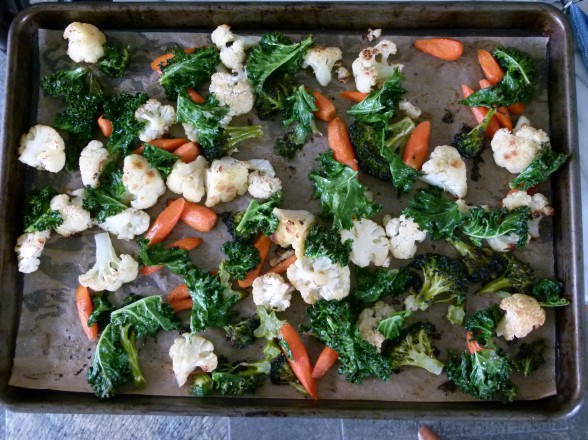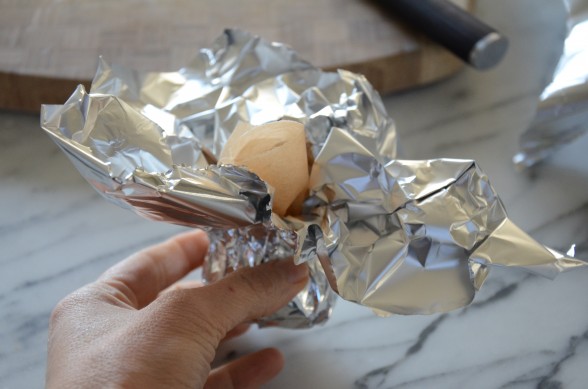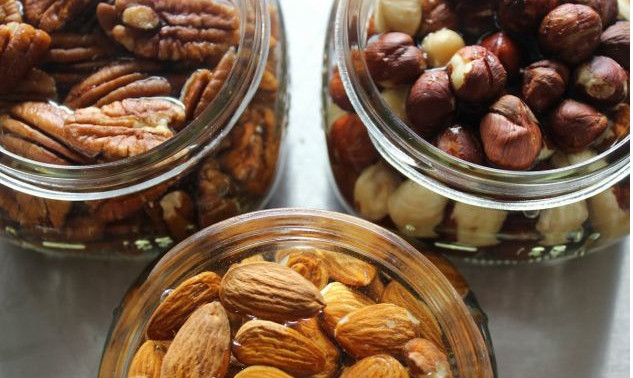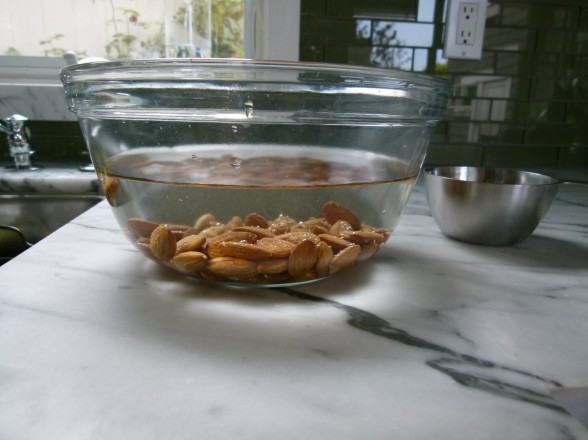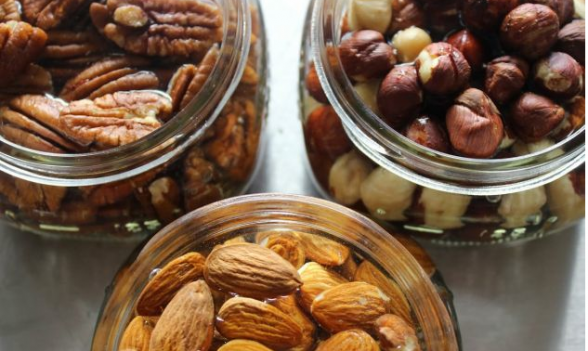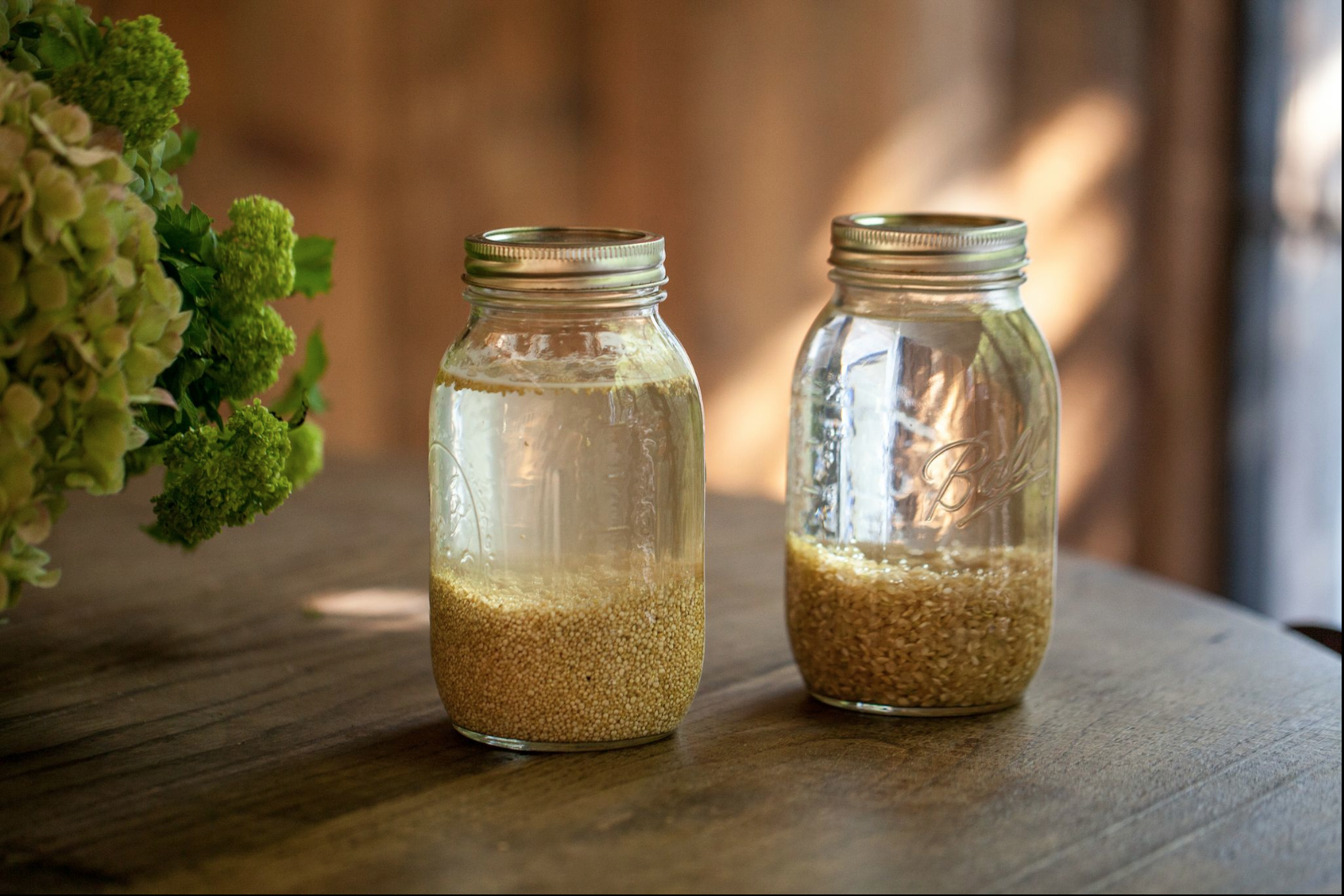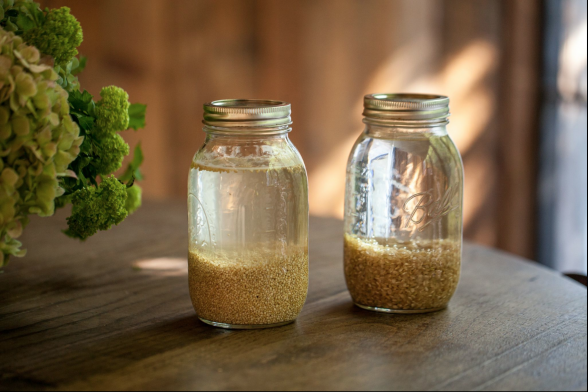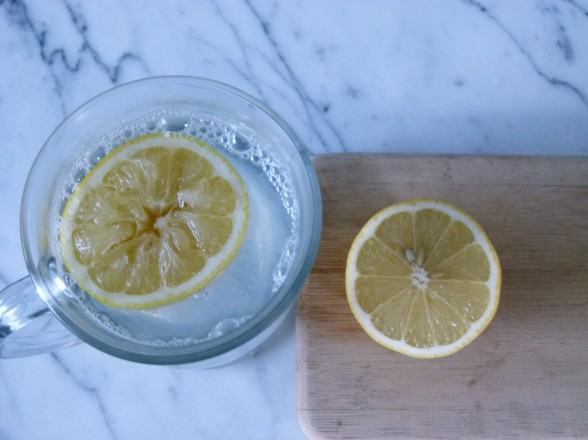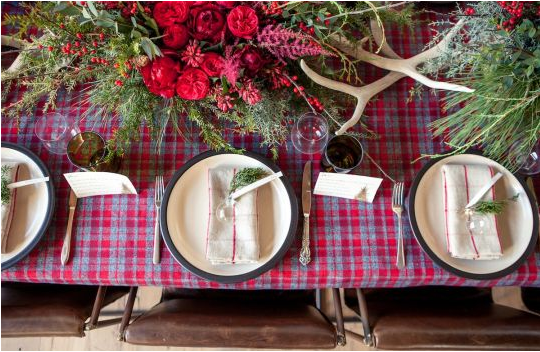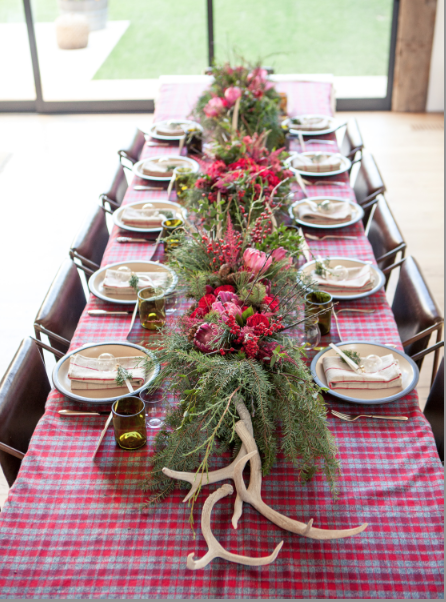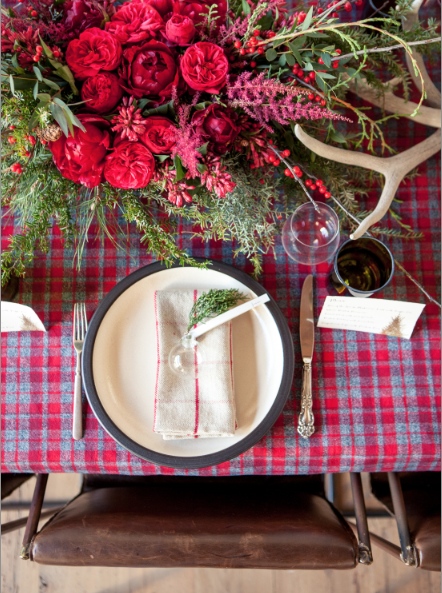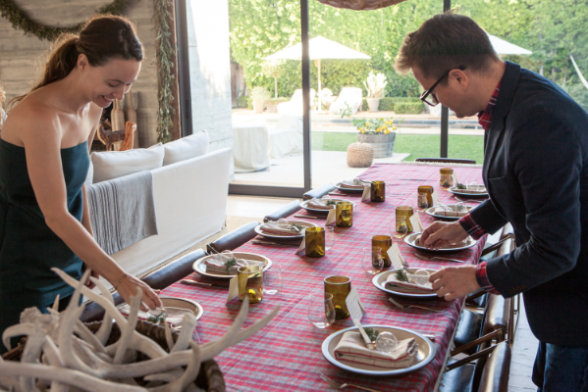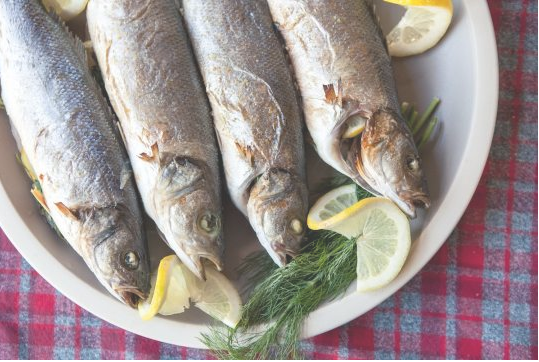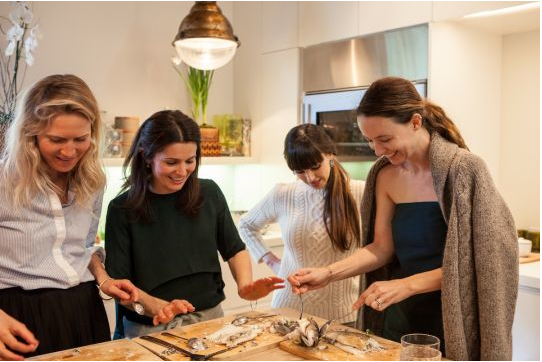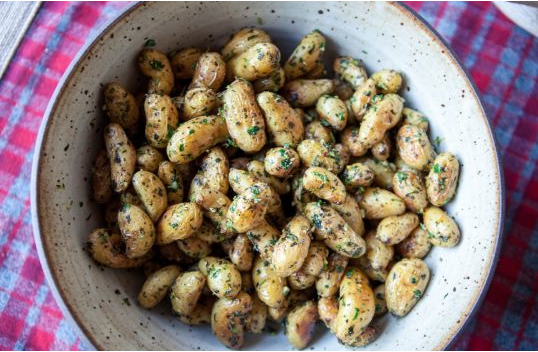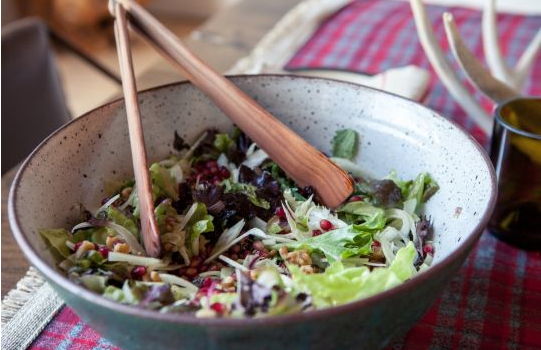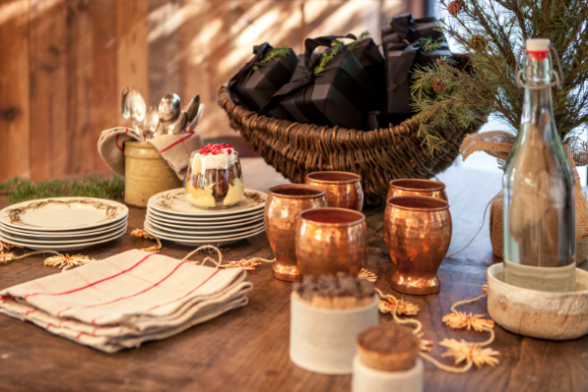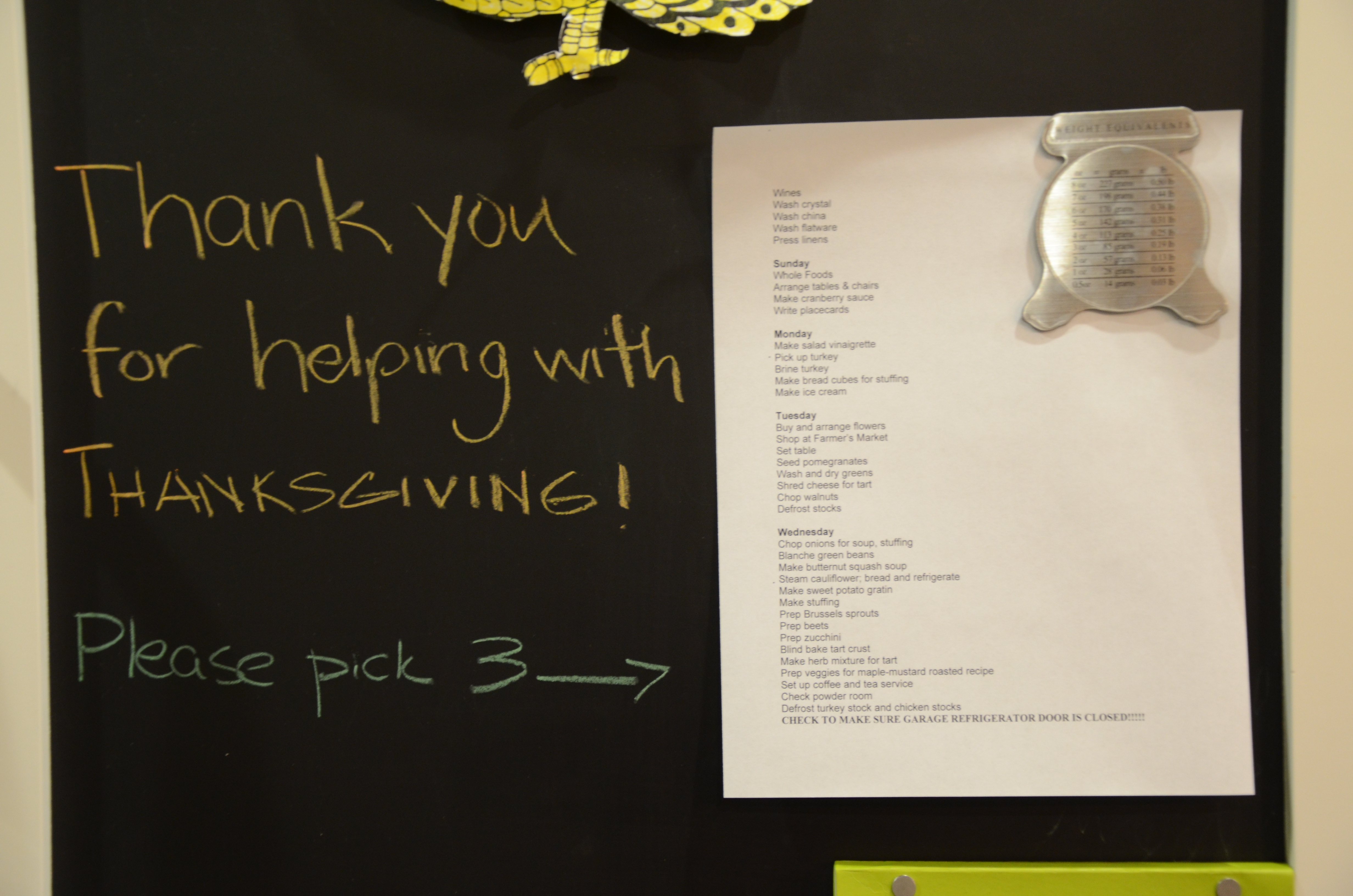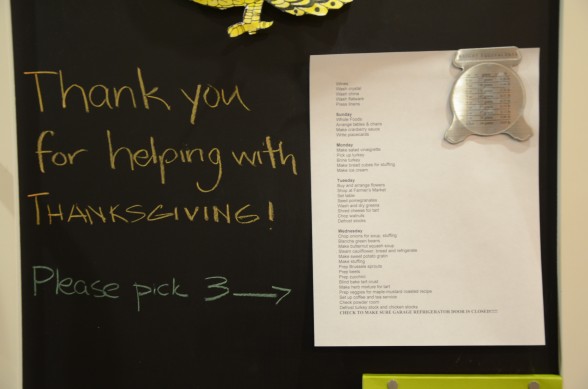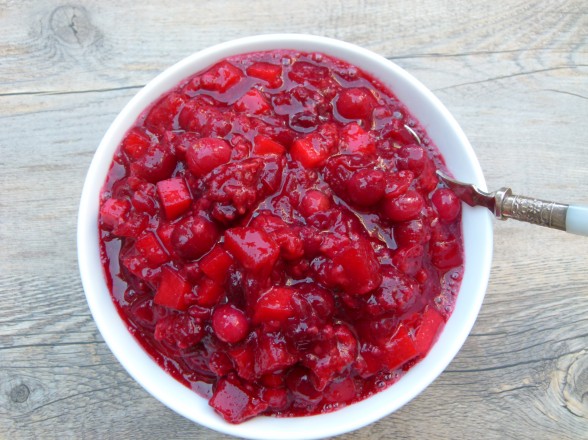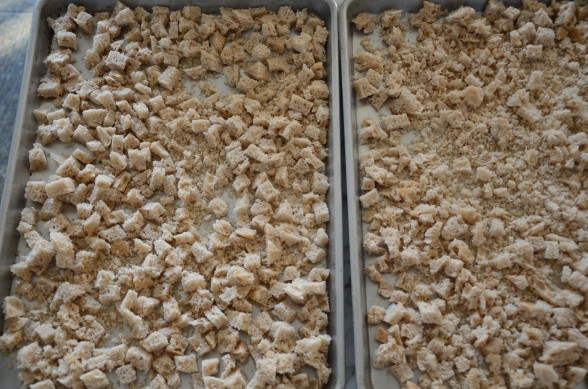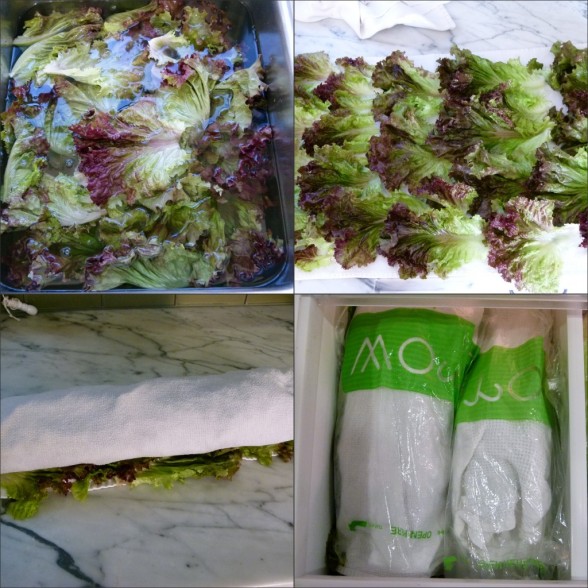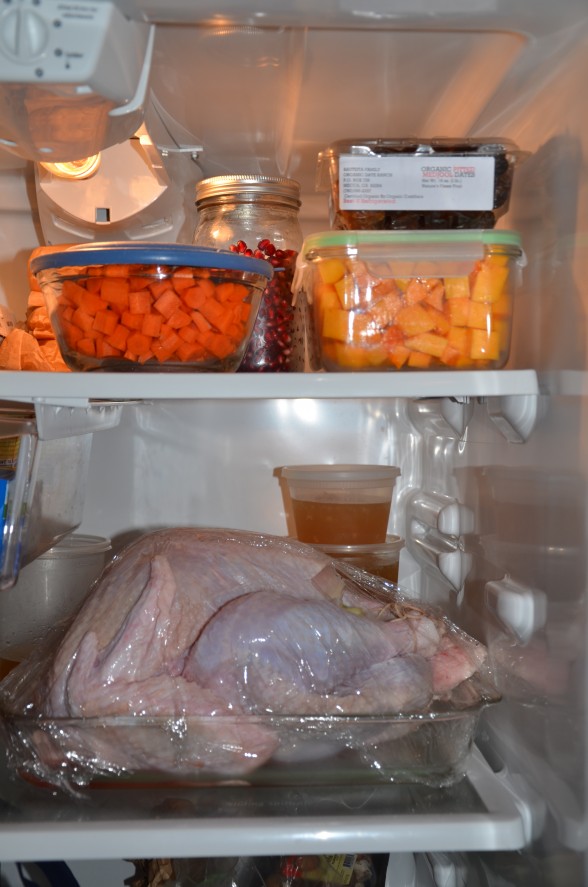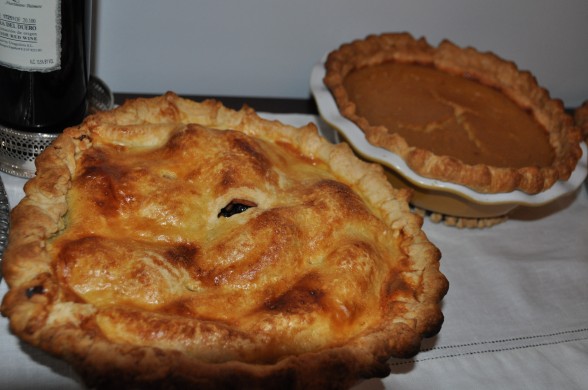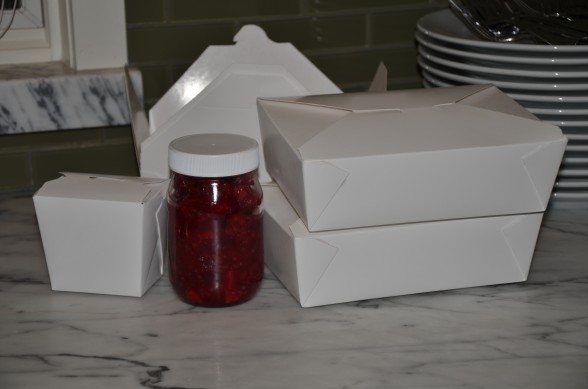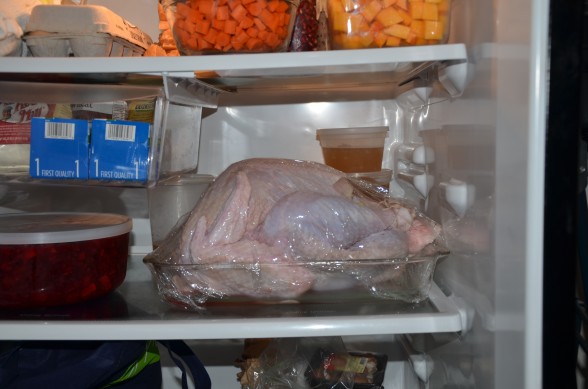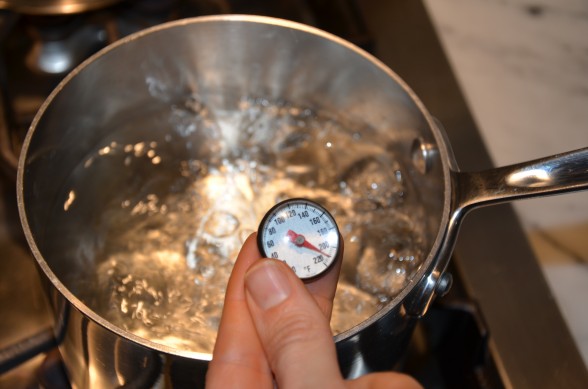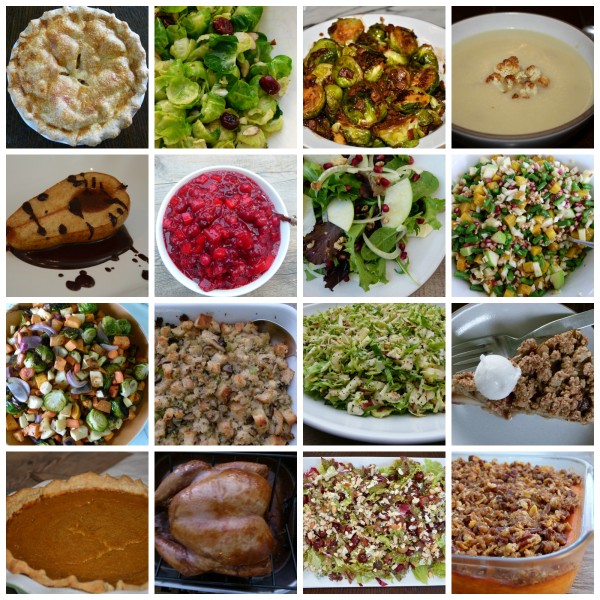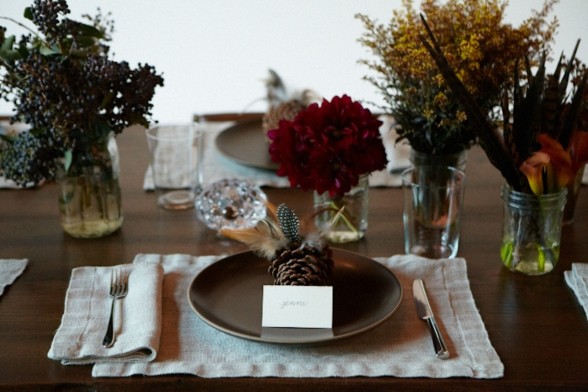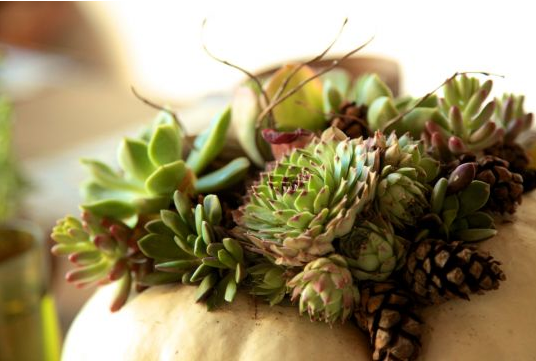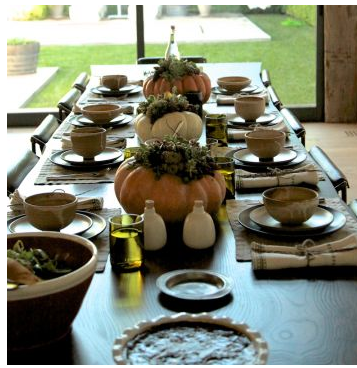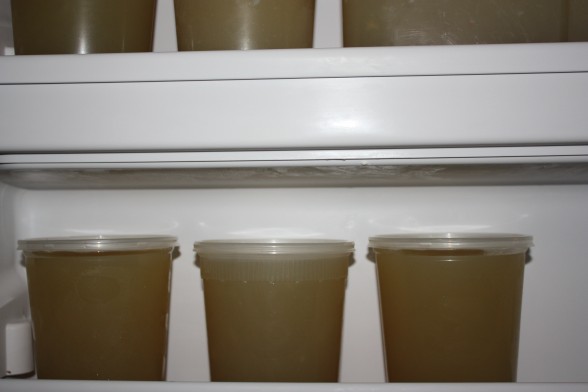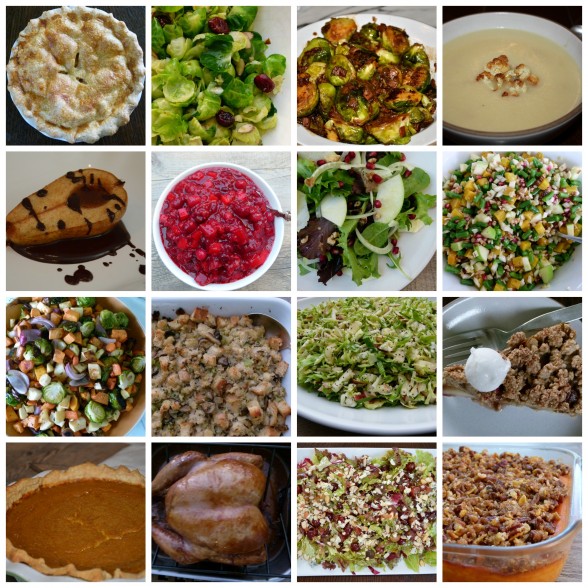Why You Should Use Unbleached Parchment Paper
You have probably noticed that I line my baking sheets with unbleached parchment paper instead of cooking directly on the surface or lining them with aluminum foil. And if I want to roast a head of garlic, I always wrap it first in unbleached parchment paper and then aluminum foil. Since I have been fielding a lot of questions about this practice recently from some newbies in my cooking classes, I thought I would shed some light on it here.
There is research that suggests that when aluminum is heated (which is what we do when we cook, naturally), some of it leaches into our food. The amount of aluminum that leaches increases with higher heat and acidity (e.g. wine, tomatoes, citrus.) Although I use rimmed untreated aluminum or nonstick baking sheets almost daily for roasting vegetables or baking cookies, I always line them with unbleached parchment paper to provide a buffer so that my food does not come into contact with either of those materials. I also never allow food to come into contact with aluminum foil when cooking. If you own anodized aluminum cookware, this has been treated and sealed so that the aluminum doesn’t react or leach when heated. This is ok. There is, however, untreated aluminum cookware in restaurant supply stores and hardware stores and you should definitely not use these.
I will readily admit that any link between aluminum consumption and Alzheimers is controversial. But aluminum is a known neurotoxin which means in excessive quantities, it disrupts the natural processes of a healthy brain and can lead to problems. Um, no thanks. We already consume aluminum whether we like it or not if we eat out or consume processed foods, drink municipal water, use vaccines or antiperspirants. Many (not all) over-the-counter medicines such as antiacids and buffered aspirin, also contain aluminum although . Read the product labels to know for sure. This post isn’t intended to cover all sources of aluminum, but rather focus on protecting ourselves from this heavy metal in the kitchen. So my point is that if I can control my exposure to aluminum at home in an easy way, I am going to do that.
I also want to specify using unbleached, and not bleached parchment paper. Bleached parchment paper when heated can/may/might leach dioxin, which you can read about here and why I advise you to avoid it. There are several brands of unbleached parchment paper which are available at your local grocery store or on Amazon. I like Beyond Gourmet and If You Care unbleached parchment paper. I also love these unbleached parchment baking cups for lining your muffin tins. If you like to wrap a food in aluminum foil to roast in the oven or grill, simply wrap it in unbleached parchment first and then aluminum foil so it doesn’t burn like that head of garlic above.
Please be be warned that parchment paper is not the same thing as waxed paper which is not meant to be heated! Another option is to use silicone mats on your baking sheets which are washable/reusable and do not leach any harmful chemicals when heated. I sometimes use silicone mats for mild-tasting food (like cookies, not fish) or for an easy-to-clean food (like cookies, not balsamic-roasted cherry tomatoes.)
As always, feel free to shoot me your questions or add your knowledge to this subject!



